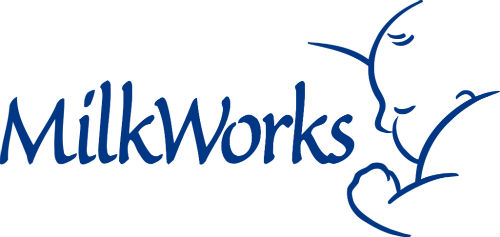
Human beings are one of 4,000 species of mammals. All mammalian mothers have one thing in common: they feed their babies milk from their breasts - milk that is designed just for their baby. Human mothers are different from other mammals in that our breasts enlarge both during puberty and again while pregnant and breastfeeding. There are numerous theories for this, including the fact that human babies do not have snouts, or long noses. Therefore, the breast enlarges in order to get closer to baby.
Which brings me to my point: the evolution of the human bra, a device known throughout history to support, suppress, decorate, and create cleavage in the human breast. When I was a teen ager, bras were definitely under-cover. Heaven forbid that your bra strap should show in any way, manner or form!
Forward forty years to my own daughter. We traveled to a Jesuit college campus in Los Angeles this fall. Bras brightly decorated for breast cancer awareness lined the walkway. So where did the evolving bra get its start?
Strictly utilitarian, the first recorded breast supporters were bands of woolen cloth designed for female Greek athletes ca. 500 BC. The ideal female body during this time period was thin and lean.
The corset, a precursor to the bra, took a different approach when it appeared ca. 1400. It attempted to shape the female body into a curvaceous silhouette. Corsets came into fashion when the Crusaders returned from the Holy Land.
By the 1600’s, the corset became a stiff, restrictive garment which flattened the bust and encased a female all the way down to her hips. A hundred years later, corsets were designed to inflate the breasts from below. It was not uncommon for much of the upper breast to be bared. The French leader Napoleon banned corsets when he learned they could interfere with pregnancy and the birth of male heirs!
His influence was short lived as corsets continued their prominence during the 1800’s. During World War I, the uncomfortable metal-boned corset declined in use as the War Industries Board declared that steel should be used for battleships - and not women’s underwear!
Corsets finally became brassieres (from the French word for bodice) and continued to evolve when Maidenform founder, Ida Rosenthal, standardized bra cup sizes in the 1940’s. The A, B, C, and D ratings earned girls a second “peer-rated” report card.
Bras appeared in public advertising in the 1950’s despite the fact that they were not to be seen in person except in the privacy of a woman’s dressing room. The pointy bra of the 1950’s evolved into the stretchy “no bra” during the women’s movement of the 1960’s. Two women joggers in the 1970’s tackled the problem of bouncing breasts by stitching together a pair of jockstraps. Voila! The first sports bra!
Madonna took the bra to a new level in the 1990’s by making her underwear her outerwear. Since then, the exposed bra strap, which was once forbidden, is now a fashion statement.
Nursing bras, which are designed to make the breast more accessible for breastfeeding, have followed popular trends, thanks to the creativity of companies like Bravado. babyworks' most popular nursing bras are just as likely to be worn by a woman who has not nursed a baby in years (like me!). They are comfortable, fun and they wear beautifully. One more way we can now support the breastfeeding mom!
